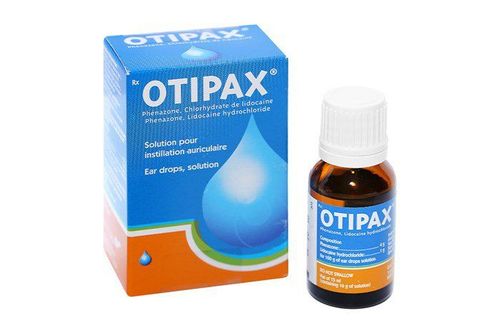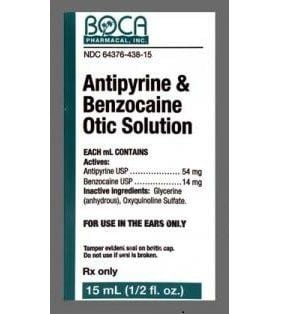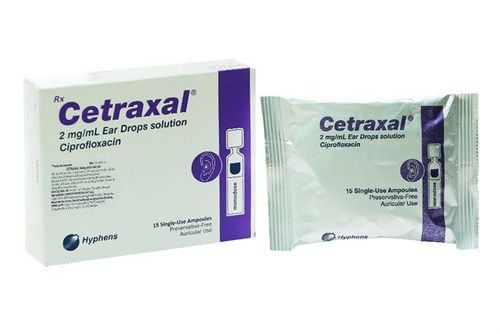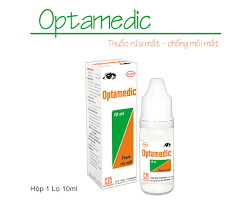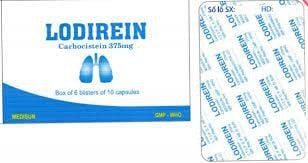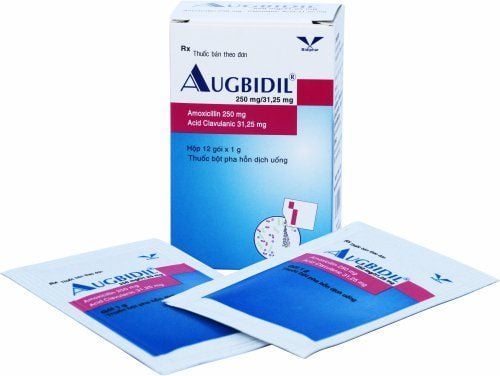This is an automatically translated article.
The article was consulted with Master, Doctor Nguyen Nam Phong - Pediatrician - Department of Pediatrics - Neonatology - Vinmec Phu Quoc International General Hospital.When there are symptoms in the ear such as tinnitus, ear discharge, pain in the ear, ... many patients tend to buy ear drops on their own. However, arbitrarily using ear drops without consulting a doctor can carry many risks of unpredictable complications.
1. What types of ear drops are available?
The ear is the part that ensures hearing and balance in humans. The ear has three parts: the outer ear, the middle ear, and the inner ear. The eardrum is the thin membrane that separates the middle ear from the outer ear. The eardrum, in addition to the function of receiving sound, is also a protective membrane for the middle and inner ear.Ear drops are drugs made in the form of a solution or pure powder, used to treat ear diseases, mainly ear infections. Ear drops are often used for conditions in the outer and middle ear. There are 2 types of ear drops including:
1.1 Ear drops used for ear infections without perforation of the eardrum This is a group of drugs used for cases of otitis externa, otitis externa with superinfection, otitis media. congestive stage. The drug usually contains one of the antibiotics of the aminoglycoside group - a group of drugs that can cause cochlear toxicity (resulting in irreversible deafness).
The drug is a combination of antibiotics and anti-inflammatory drugs, used for local and multi-purpose therapy because of the anti-inflammatory properties of the drug used in combination with dexamethasone. The drug uses antibiotics neomycin and polymycine, killing both gram-negative and gram-positive bacteria - the causative agents of diseases of the outer and middle ear canals.
Otipax medicine contains lidocaine HCL and phenazone, has anti-inflammatory, local analgesic effects, indicated for use in cases of acute congestive otitis media, viral otitis externa, otitis barometric injury.
These medicines will not enter the bloodstream unless the eardrum is torn or scratched. Therefore, it is necessary to carefully examine the patient's eardrum before prescribing the drug. If the eardrum is torn, the drug can contact the middle and inner ear structures, easily causing serious complications such as deafness or balance disorder,...
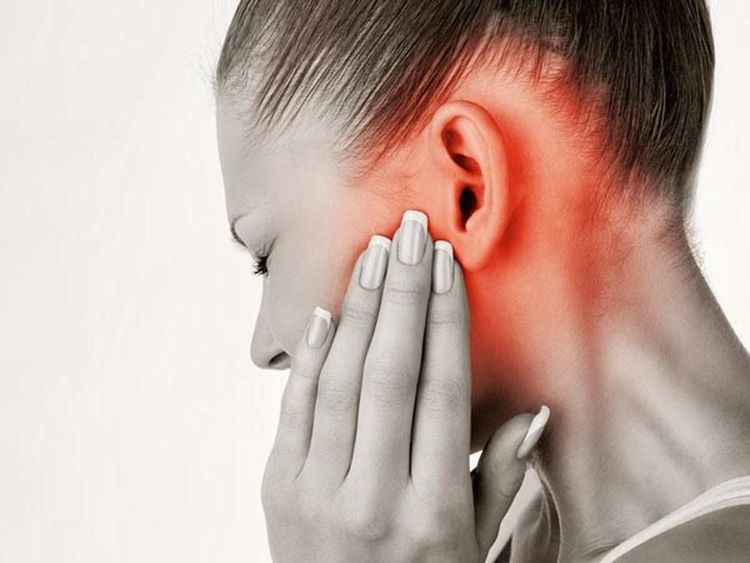
2. Why should be careful when using ear drops?
Whether for earwax, earache, tinnitus or swimmer's ear, ear drops are generally safe, but be aware. Ear drops are safe as long as your eardrum is intact. When the eardrum is punctured, the drops can get into the middle ear. In this case, rubbing alcohol or hydrogen peroxide can be painful. Some prescribed antibiotic drops, such as gentamicin, neomycin, or Cortisporin, can damage the ear.
3. Note when using ear drops
Instillation position: Position the head so that one ear is facing the ground. If self-instillation, the easiest position is standing or sitting, tilting the head to one side. And if the medicine is given to others, the easiest position is that the patient tilts his head or lies on his side; For medicine with a dropper: It is necessary to suck a few drops of medicine into the dropper. If only the tip is small, just turn the vial upside down; Making drops: For adults, gently pull the earlobe up and back. As for children, the dropper gently pulls the earlobe down and towards the back. Next, squeeze the exact number of drops into the ear (as prescribed by your doctor). Then gently pull the ear canal up - down to let the medicine flow into the ear, keep the head tilted for about 2 - 5 minutes to let the medicine go into the ear. Finally, wipe the excess medicine from the outside of the ear by using a clean tissue or cloth, close the lid of the medicine bottle, store the medicine according to the instructions for use; Note: Do not use a chipped, cracked or dirty dropper; Do not let the dropper tip of the vial touch your ears, fingers or other surfaces (to avoid bacterial contamination). Besides, do not warm the medicine with hot water because it can cause the medicine to overheat, causing ear damage. At the same time, do not share ear drops with others to prevent the bacteria from spreading further; Duration of treatment: No more than 10 days. If the disease does not improve beyond the time limit, the treatment method should be re-evaluated. In addition, do not use the drug under pressure and warm to a temperature of 20 - 25°C (to avoid pressure and heat stimulation on the vestibule of the ear - causing dizziness). Immediately stop the drug if the body has abnormal signs such as ear pain, tinnitus, dizziness, ...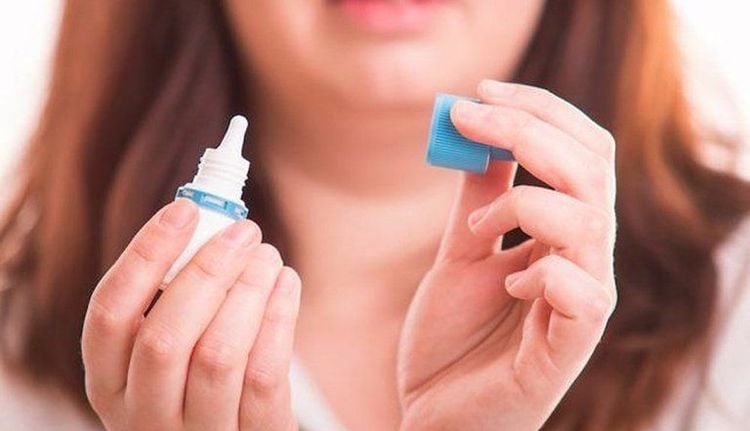
When there are signs of ear diseases, patients need to go to medical facilities specializing in otolaryngology to be examined, consulted and given appropriate treatment options by a doctor. Patients should not arbitrarily use ear drops without a doctor's prescription because this can leave irreversible consequences.
Pediatrics Department at Vinmec has a full range of separate specialties such as ENT, respiratory to help treat coughs and runny nose quickly and effectively. In addition, Pediatrics is also a key area of Vinmec Health System, always bringing satisfaction to customers and highly appreciated by industry experts. With modern equipment, sterile space, minimizing the impact as well as the risk of disease spread. Along with that is the dedication from the doctors with professional experience with pediatric patients, making the examination no longer a concern of the parents.
To be examined by experienced pediatricians at Vinmec. Please make an appointment at the website to be served.
Please dial HOTLINE for more information or register for an appointment HERE. Download MyVinmec app to make appointments faster and to manage your bookings easily.





